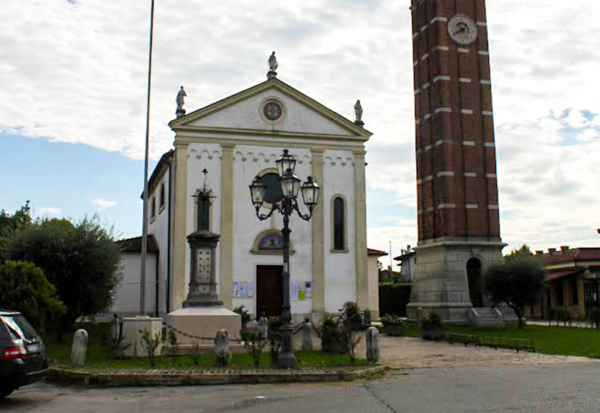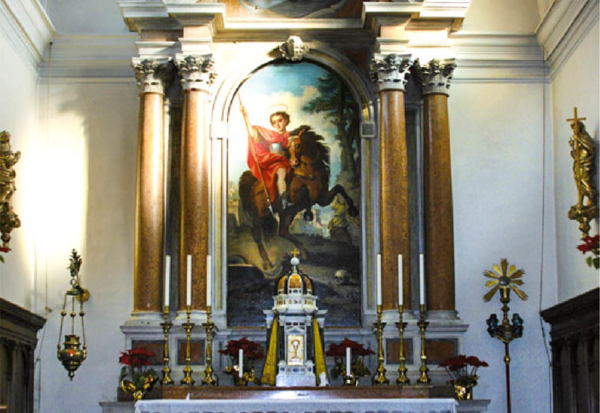MARCON
Although the Marcon area has lain silent over the centuries, it boasts a history that dates back thousands of years, as its name appears for the first time in a document from 997 by the Bishop of Treviso, Rozone, who donated the land around Marcon to the Benedictine abbey of Mogliano. In fact, one of the most interesting places is the Chiesa di San Giorgio (Church of St. George) which dates back to the 12th century. Unlike other countryside areas, its damp, wooded lands did not attract noble Venetians to make their homes there. However, Marcon has now become a very desirable place to live, thanks to its shopping centre, with more businesses every year, the airport, train station and motorway, as it offers the peace of a residential area combined with the facilities of a modern town. As if this was not enough, the town has a very active social life. There are more than 70 social, recreational and cultural activities. Interesting cultural events on a wide variety of subjects, concerts and more are often organised at the modern Centro De André, which is also home to the town library.
And we mustn’t forget the Lipu Naturalistic Oasis of Gaggio in the area and the airfield created during the First World War. With a strong link between the past and the present, Marcon and its inhabitants are building their future by using local resources and working to create new opportunities for future generations.
Worth Visiting
Chiesa di San Giorgio, a church built between 1510 and 1530
The Church of Saints Benedetto, Cirillo and Metodio, the new parish church designed by architect Umberto Barbisan of Marcon and completed by Francesco Zanin, an engineer from Treviso, consecrated on 13th February 1999 by Pope Joh Paul II.
Villa Pauletta an 18th century building remodelled in the 19th century.
Don’t Miss
Oasi di Gaggio
This protected natural oasis, managed by LIPU (the Italian Society for the Protection of Birds) and the new quarries form a wetland of approximately 65 hectares, which together with the Praello quarries, create the ‘Cave di Gaggio’ site, included in the Natura 2000 Network and protected by Italian and European legislation. The oasis is a little gem of biodiversity, set amidst intensive agriculture and urban communities, and can be explored on specially designed paths with information panels, various huts and a birdwatching tower, where you can observe water birds without disturbing them.


